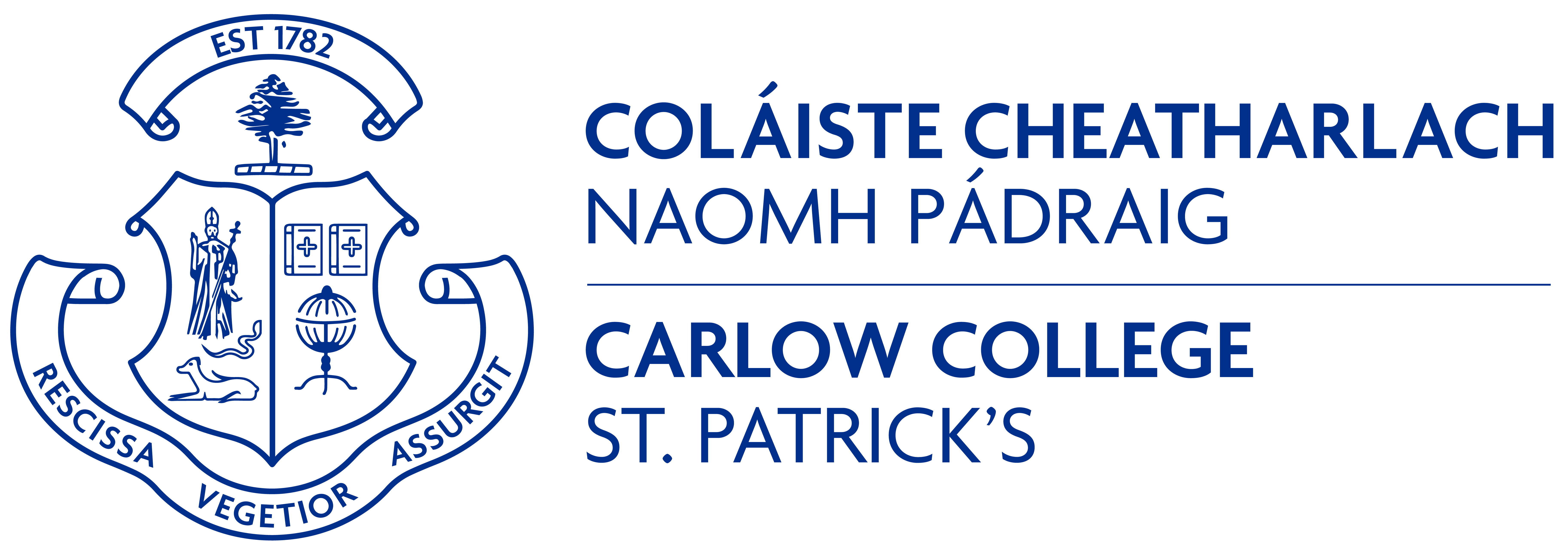Tracing modern myths and busting them is something of a passion of mine. And particularly myths that relate to the social acceptance and integration – or not – of Protestants in southern Ireland. For some other writers, the focus is on specific atrocities, often during times of war. While accepting these atrocities for what they are, I also feel it important to document other stories of more positive engagement, of neighbours throwing a protective cloak of over Protestant families at tense times, and of looking at the position across time, which in my view, gives a truer picture. Balance in history counts, particularly at a time when myths or misleading evidence about Protestant integration in the Republic might be recycled for political purpose.
It is what led me to research Protestants who played GAA, as there was little in extant histories documenting what I knew from familial experience to be the case. Some would have it that Protestants did not engage with the GAA, which was not our family experience. In the 1950s and 1960s, there was a GAA club on our farm, where hurling and football were both played by the children from Tombrack school. It did not seem to matter that our family went to a different church on a Sunday morning, and then engaged in the neighbours in their passion for hurling in the afternoon. But that history was not documented until I collected oral histories and scraps of newspaper evidence and memory on it, as the engagement didn’t get into official records. It was a quiet way of making community that is mirrored in other Wexford or south east associational culture.
Another more politicised mythologised history relates to the position of Protestants living in Wexford during the 1798 rebellion. My grandmother’s family were Elmes, and lived around Old Ross for hundreds of years until the 1970s. They were Cromwellian, and had strong associations with local Palatine and Catholic families. Old Ross is right beside Carrickbyrne Hill, where the rebels camped.
Sometime in the middle of the last century, our father, King Milne, himself an authority on 1798, and his uncle Sam Elmes collected family letters from the garret in Robinstown House, then the family home, dating from the decades around the rebellion. The letters are principally written by or to Samuel Elmes of Millquarter, a tenant farmer, and engaged with crises in farming as prices dropped in the year preceding the rebellion and farmers struggled to pay rents, the local United Irish activity and the yeomanry – and the whereabouts and safety of the family circle during the rebellion. They cover a wide geographic range, discussing family members in London, Wales, North America and the Caribbean, and the connections with the Keogh shipping company of New Ross. In June 1798, just before the dreadful Battle of Ross and the Scullabogue barn burning, a letter from Thomas Elmes, Samuel’s son, told of the Old Ross Protestants (the word Protestant is not mentioned) being evacuated and brought to New Ross for safety, where they were accommodated in houses ‘recently built’ by the Tottenhams. One of our ancestors, a child of three, was put into a churn of milk for safety during the trip, and family lore has it that later he bragged that he drank all the milk and as a result, never broke a bone in his life.
The Scullabogue barn burning is one that has received extensive coverage by historians, debating the who, why and wherefore. Tom Dunne, Kevin Whelan, and Daniel Gahan dealt with it in detail. Gahan describes the dawn attack led by Bagenal Harvey on New Ross, and the devastating rout and loss of life for the rebels. Of the 12,000 pikemen, 1,000 lay dead on the streets of Ross a few short hours later. As the rebels returned to their Carrickbyrne camp, they came across the barn at Scullabogue where (broadly) loyalists were held, and shot or burned them to death. Over a hundred were killed, including Millard Giffard and the Jones brothers, family connections mentioned In the letters. Our dad, when I asked him about how to interpret Scullabogue, said: ‘difficult things happen in the heat of war’.
The letters documented Sam Elmes dying, probably of a stroke, when he returned from New Ross to the farm and found his crops burned and animals killed. But broadly, the rescue plan had worked, and those evacuated to New Ross were not harmed.
How does this relate to myth? While living in Belfast in 2016, a chance meeting in the street with a city council employee led to a discussion about Scullabogue. As I told my friend where I came from, he said ‘Many of our people were not treated well in Wexford.’ Surprised to hear awareness of this acuity at the far end of the country, I have since traced mentions of the Scullabogue killing of (mostly) Protestants at Orange lodge meetings in Belfast and Dublin in different eras when things get tense, for example when the 1912 Home Rule Act was passed. For me, and for King, one of the significances of the Elmes letters is that they show a different side to the more dominant Scullabogue story, certainly of fear about being in an area at the centre of a rebellion, but also of survival and protection by neighbours – and of diverse attitudes within the family circle to the rebellion.
The letters show too that the Old Ross evacuated families settled quickly back into the collective farming practices. They are remembered with fondness in a tightly knit rural community, as several people related at a crowded New Ross Historical Society talk Paul Donnelly, another Elmes descendant who has done extensive research on the intriguing letters, and I gave in February. Sometimes attitudes are best assessed in a type of longue durée or multifactorial long-term analysis, rather than looking at a single event at a hot time.
The Elmes Letters were archived by Brian Donnelly in the National Archives of Ireland, and are on microfilm. They have been used extensively by Professor Tom Dunne in his New Ross, Rosponte, Ros Mhic Treoin (Wexford County Library, 2007); some were published by King Milne in The Past: The Organ of the Uí Cinsealaigh Historical Society, No. 17 (1990), pp. 55-70 and The Past: The Organ of the Uí Cinsealaigh Historical Society
No. 18 (1992), pp. 31-44 ; both articles are available to read on JSTOR.

Dr Ida Milne is a history lecturer at Carlow College and a research historian of among other things, 20th century health history and Irish Protestant identity; she teaches on the BA/BA (Hons) in Humanities, the BA (Hons) in English and History, and the MA in Irish Regional History.

